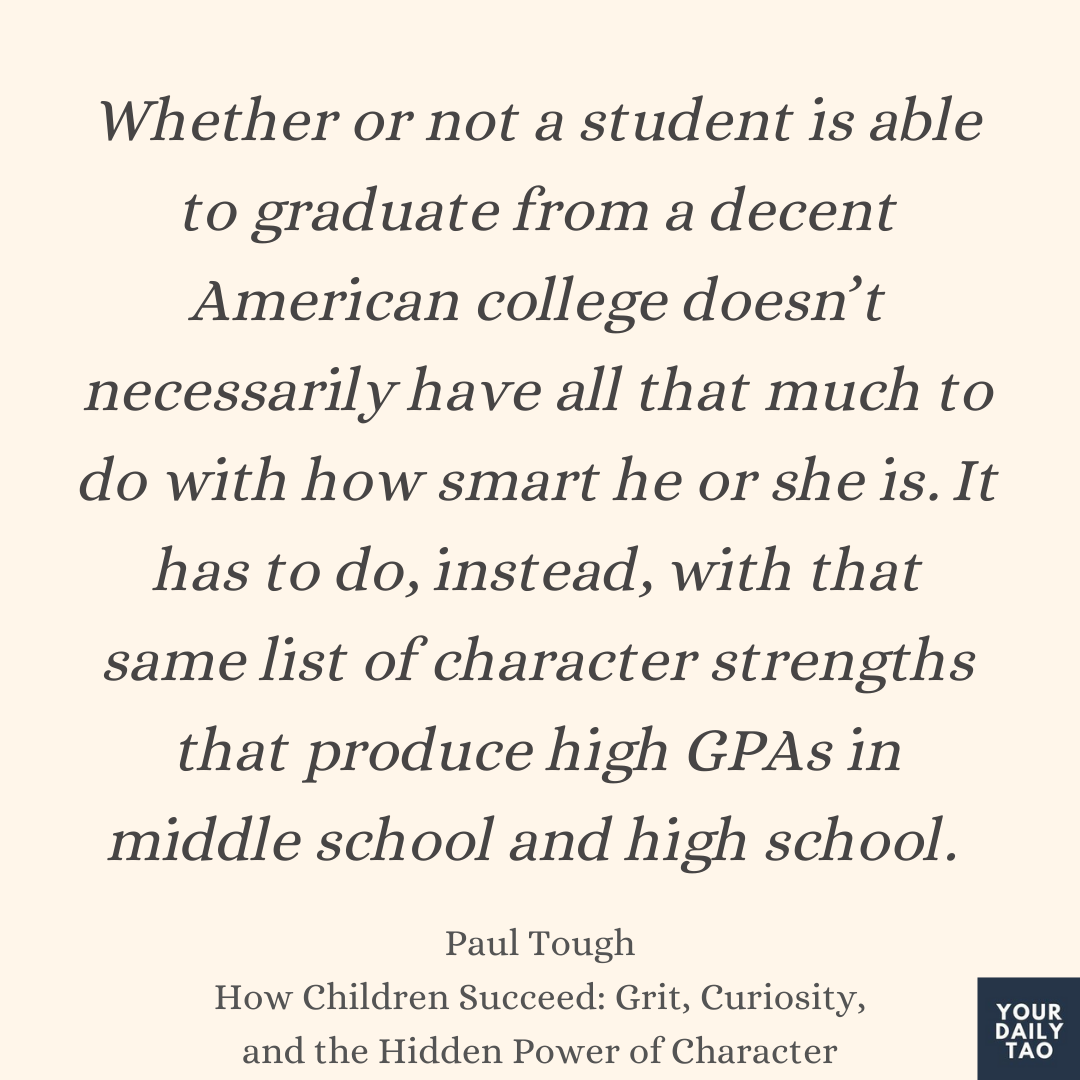To people involved in the college-admissions process, this finding came as something of a shock; it was essentially a repudiation of one of the founding tenets of the late-twentieth-century American meritocracy. In The Big Test, Nicholas Lemann’s history of standardized college-admissions testing, he explains that the SAT was invented, in the years after World War II, because of growing skepticism about the predictive power of high-school grades. How were college-admissions officials supposed to compare a 3.5 student at a suburban high school in California with a 3.5 student at a rural high school in the Pennsylvania countryside or at an urban school in the South Bronx? The SAT was designed to correct that problem, to provide an objective tool that would distill a student’s ability to thrive in college down to a single, indisputable number. But at the colleges that Bowen and Chingos and McPherson examined, high-school grades turned out to be excellent predictors of college graduation—no matter where the student attended high school. It was true that a student with a 3.5 GPA from a high-quality high school was somewhat more likely to graduate from college than a student with a 3.5 GPA from a low-quality high school, but the difference was surprisingly modest. As the authors put it, “Students with very good high school grades who attended not-very-strong high schools nonetheless graduated in large numbers from whatever university they attended.” And when Angela Duckworth, the guru of self-control and grit at the University of Pennsylvania, analyzed GPA and standardized-test scores among middle-school and high-school students, she found that standardized-test scores were predicted by scores on pure IQ tests and that GPA was predicted by scores on tests of self-control. Put Duckworth’s findings together with the discoveries in Crossing the Finish Line, and you reach a rather remarkable conclusion: whether or not a student is able to graduate from a decent American college doesn’t necessarily have all that much to do with how smart he or she is. It has to do, instead, with that same list of character strengths that produce high GPAs in middle school and high school. “In our view,” Bowen, Chingos, and McPherson wrote, “high school grades reveal much more than mastery of content. They reveal qualities of motivation and perseverance—as well as the presence of good study habits and time management skills—that tell us a great deal about the chances that a student will complete a college program.”
Good consistent grades reveal much more about the character and motivation of 1 person, rather than intelligence. Also, chracter is the most significant factor that impacts college graudation rates in the United States. While intelligence should definitely be appreciated and valued, grit is arguably more important.









